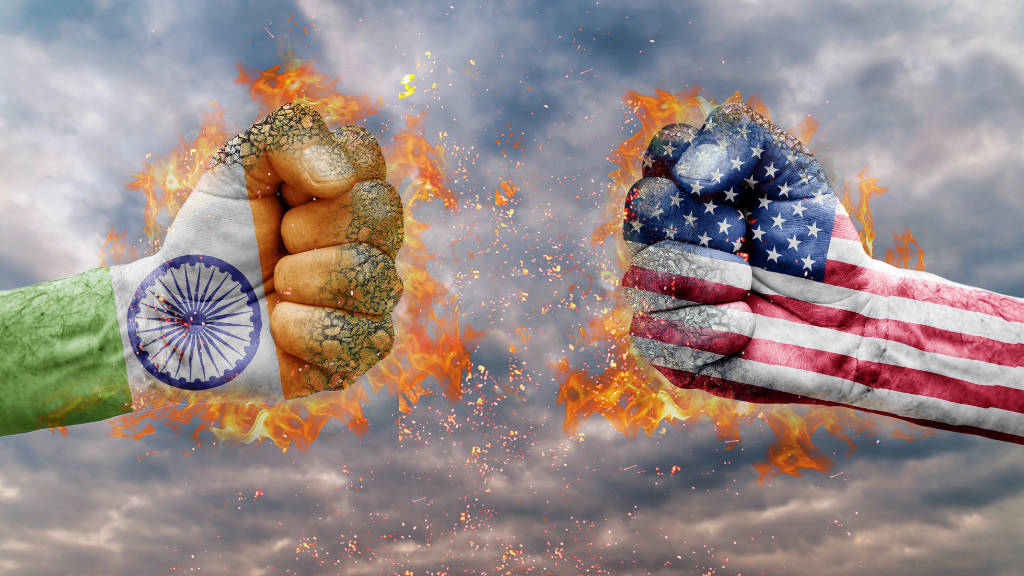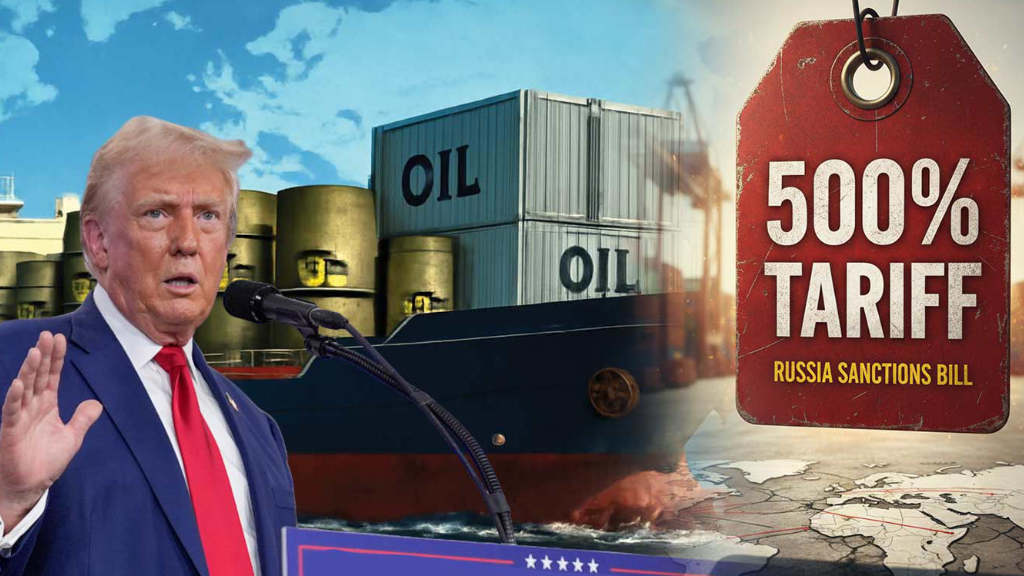The United States Secretary of Commerce, Howard Lutnick, has made some rather extraordinary demands of India when it comes to assessing their trade position with the US. With India now subjected to 50% tariffs on its exported goods to the American market, Lutnick claimed that ‘the customer is always right’ and that India should stop buying Russian oil, leave BRICS, and engage in US dollar trade. He also stated that as China would never be a significant trade partner for India and that the US has the world’s largest economy at US$30 trillion, India would be foolish to continue its current moves to embrace the Shanghai Cooperation Organisation. But is Lutnick correct in his assumptions? Let’s examine these issues:
The Customer Is Always Right
Until he/she becomes a pain in the ass or wants to bargain too much, and especially when a better and larger volume customer arrives. The customer does not have a sacred right to demand from the supplier whatever it wants.
India Should Stop Buying Russian Oil
As the Indian External Affairs Minister, S. Jaishankar, recently pointed out, India is buying at the agreed Western price cap levels. He also pointed out that the European Union buys more from Russia than India does.
Leaving BRICS
Has India suggested the United States leaves its Free Trade Agreement with Canada and Mexico? No.
De-Dollarising
India and the United States bilateral trade hit US$129 billion in 2024, with that trade including US$41.5 billion in US exports. India will have used money from its US dollar capital account to pay for these American goods. US exports to India also increased by 3%. It is normal for countries when they trade to use their respective currencies. It is abnormal to insist that India pay for everything in US dollars when it has its own currency, the Indian Rupee.
India-China Trade
Lutnick is correct that China and India have had problems in the past, mainly related to border disputes. These now seem to have been reconciled. Sino-Indian bilateral trade was US$127.75 billion in 2024, not insignificant, and can be expected to grow. Chinese tariffs on Indian imports vary depending on product, but average about 10% (as opposed to the United States tariffs on Indian imports of 50%). The reason this trade should grow is because China and India have a combined population of an estimated 2.8 billion, while the United States has a population of 340 million. So where are the customers?
The United States Is The World’s Largest Economy
Lutnick quotes the US economy as being the largest in the world at US$30 trillion. However, he is incorrect. China, when measured in purchasing parity (PPP) terms is larger at US$41 trillion. India’s economy in PPP terms is US$20.4 trillion. According to IMF projections, India will surpass the US economy in PPP terms by 2038 if both nations maintain their projected growth rates. Lutnick’s statements then appear to be bravado rather than factual. It is also interesting he referred to the US dollar issue. With the United States US$33 trillion in debt, it currently owes more money than it makes in one year. We note that Lutnick graduated in 1983 with an economics degree, 42 years ago. Our view is that global economics has changed so much since then, that before making statements about countries such as India, it might be a better move for Lutnick to go back to college and take an economics fresher course in global economics. The best place for him to do that, given his interests in India is the top Economics University in India – Christ, in Bangalore. Applications to attend courses are available.





